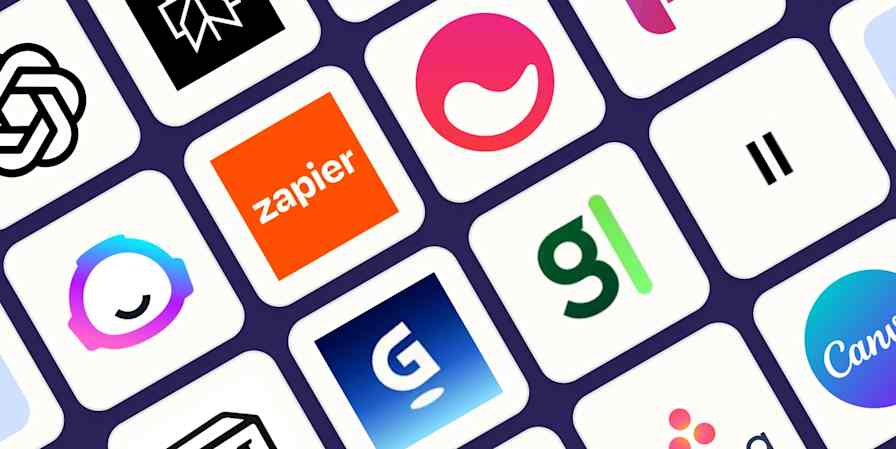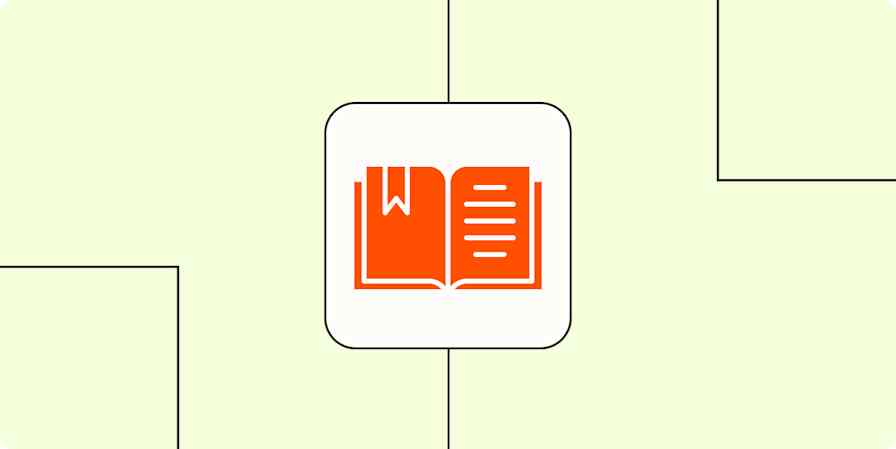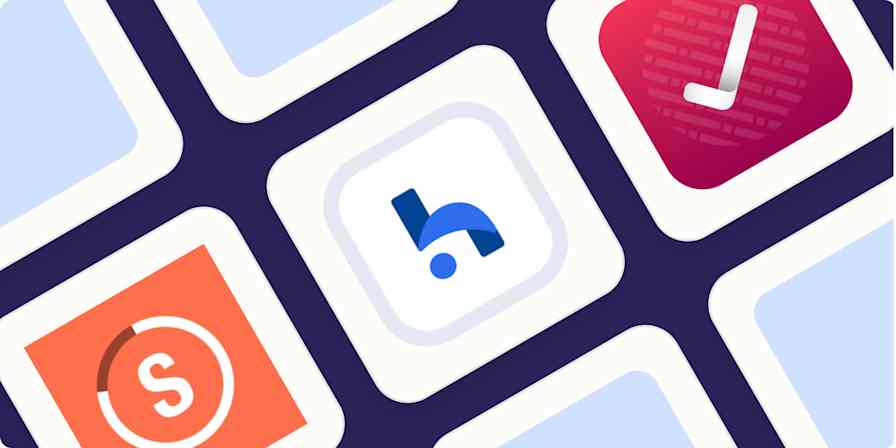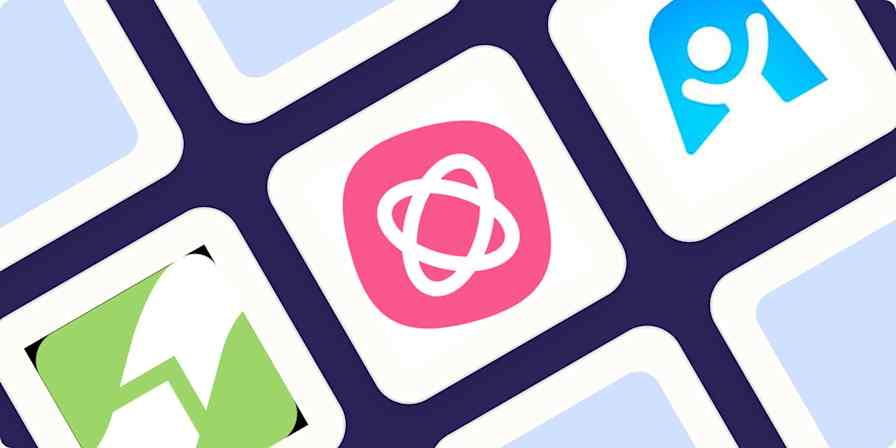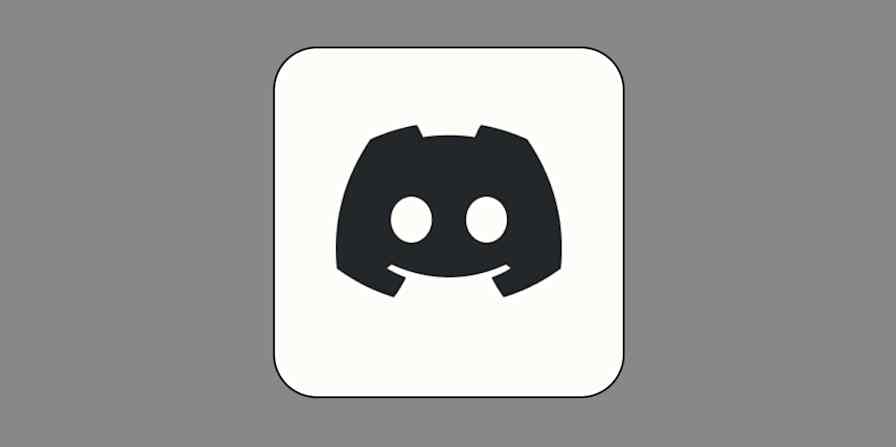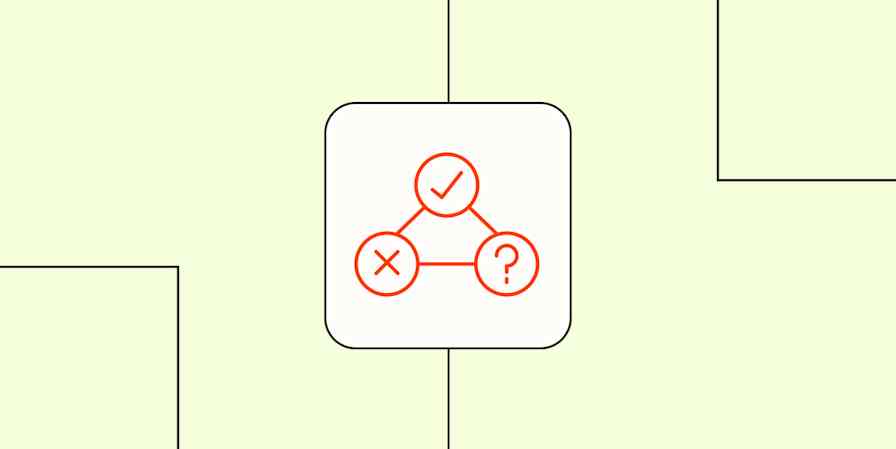There's a lot of advice out there about the connection between timing and productivity: articles—including Zapier's own—suggesting "X things to do in the morning/afternoon/evening" to stay productive all day long.
And yes, when you work on certain types of tasks absolutely impacts your productivity. But timing isn't a one-size-fits-all approach. We each have a unique chronotype: an internal clock that governs our focus, creativity, and mood over the course of the day.
To figure out when you should be working on each thing you want to accomplish, you need to identify your chronotype. Once you understand your chronotype—and start using that understanding to schedule your daily tasks—your productivity will get the boost it needs.
Table of contents
What is a chronotype?
Chronotype is the scientific term for what we commonly refer to as an internal clock. And while we generally talk about our internal clocks in terms of our natural inclination to fall asleep and wake up at certain hours of the day, chronotypes govern much more than just our sleep cycle.
If you work in an office, you can probably tell that most people start to get tired and distracted in the early- to mid-afternoon—like clockwork. You might chalk it up to a post-lunch slump, but whatever the cause, most of us can't afford to lose three hours a day to low energy levels and wandering minds.
Other people have trouble waking up and spend the first few hours of the workday in a sleepy fog while everyone else seems to work circles around them. Then there are others who have the opposite problem: they have a natural burst of energy extremely early in the day, but come one or two o'clock, no amount of caffeine can get them back in the groove.
Your personal chronotype impacts what time of day you're the most focused, most creative, most likely to make a mistake, and most likely to say out loud the things that should absolutely be kept in your head.
What's my chronotype?
To better understand the concept of a chronotype and its impact on day-to-day (or, rather, hour-to-hour) productivity, I turned turn to Dr. Michael Breus's book The Power of When. In it, he aligns each of the four chronotypes with an animal: Lion, Dolphin, Bear, and Wolf. Because nothing says "rigorous sleep science" like choosing your productivity schedule based on which zoo exhibit you vibe with most.
Chronotype | Key traits | Best time for deep work | Productivity tips |
|---|---|---|---|
Lion | - Early riser - Goal-oriented - Thrives on structure - Fades by early evening | 6 a.m. – 12 p.m. | - Block mornings for strategic or high-priority work - Schedule admin tasks in the afternoon - Avoid late-night work |
Dolphin | - Light sleeper - Intelligent - Perfectionist | 10 a.m. – 2 p.m. | - Use early morning/late evening for lighter tasks - Prioritize a relaxing bedtime routine |
Bear | - Steady - Routine-driven - Energy follows a typical 9 – 5 pattern | 10 a.m. – 2 p.m. | - Protect late mornings for focus work - Take a break after lunch - Finish demanding tasks before late afternoon |
Wolf | - Night owl - Creative - Emotionally attuned - Sluggish in mornings | 4 p.m. – 10 p.m. | - Start day with light tasks - Block afternoons for focused work - Use late evenings for creative or strategic work - Set firm boundaries to protect sleep |
Lion chronotype
Lions are the early risers of the chronotype kingdom—the people who wake up before their alarm, refreshed and ready to get things done. If you find yourself naturally checking off your to-do list before most people have had their coffee, you're probably a Lion.
In Michael Breus's framework, the Lion chronotype describes people who are most alert in the morning and fade out by early evening. Lions thrive on structure, tend to be goal-oriented, and have never even heard of the term "procrastination." Think: the colleague who regularly sends you three Slack updates and a meeting agenda by 8 a.m.
If you're a Lion, your sweet spot for deep work and strategic thinking is likely between 6 a.m. and noon. That's when your energy is sharpest—so if you can, block off that time for high-priority projects or decision-making. Lions tend to crash early, so it's worth scheduling collaborative or admin-heavy work in the afternoon, and skipping late-night work sessions altogether.
Dolphin chronotype
If you're the kind of person who wants to sleep but can't seem to shut off your brain at night, you're probably a Dolphin. The Dolphin chronotype describes people who struggle with insomnia, are light sleepers, and often feel tired during the day despite spending enough time in bed. While their sleep is unpredictable, their minds are anything but. Dolphins tend to be intelligent, detail-oriented, and highly alert—especially under pressure.
At work, this chronotype can feel like both a blessing and a curse. Dolphins are sharp thinkers and often perfectionists, which makes them excellent at catching errors, refining workflows, or picking apart complex problems. But that same high-functioning brain can backfire at night, when racing thoughts prevent rest, leading to a frustrating loop of fatigue and overperformance.
Dolphins typically hit their cognitive stride mid-morning to early afternoon—so if that's you, you might try scheduling deep work sessions during that window and reserving lighter or creative tasks for early mornings and late evenings. And most importantly: prioritize a calming wind-down routine before bed. Your productivity isn't the problem—your brain just doesn't have an off switch.
Bear chronotype
The Bear chronotype is the most common, and in many ways, the most in sync with the typical 9-to-5 workday. Bears usually have no trouble falling asleep or waking up, and their energy ebbs and flows in a predictable pattern: high in the late morning, dipping in the early afternoon, and tapering off into the evening.
In the workplace, Bears are steady, dependable, and excellent team players. They thrive with routines and consistency—think: scheduled meetings, clear deadlines, and well-defined tasks.
If you're a Bear, you're probably at your most productive between 10 a.m. and 2 p.m. That's the window to tackle your most demanding work—because once the post-lunch slump hits, focus gets fuzzier. Protect your late morning for deep work, plan for a short walk or break after lunch, and aim to wrap mentally taxing tasks before the late afternoon brain fog rolls in.
Wolf chronotype
In Michael Breus's sleep typology, the Wolf chronotype describes people with an evening-oriented circadian rhythm. They tend to be groggy in the morning, hit their stride in the afternoon, and often experience a second productivity wind in the late evening. Wolves are known for their creativity, emotional depth, and ability to think outside the box—just don't expect them to be chatty in a 9 a.m. meeting.
Being a Wolf can feel like a mismatch with traditional office culture. The world wasn't exactly built for people who peak at 9 p.m. But there are still ways to structure your day around their strengths. Wherever possible, lean into your rhythm: ease into the morning with light admin or low-focus tasks, block afternoons for focused solo work, and if possible, use your evening energy burst for creative ideation or strategic planning. Just be careful not to let that late-night momentum creep into sleep sabotage. Wolves often struggle with consistent sleep routines, so it's important to set boundaries—both with your devices and your calendar.
Where to take a chronotype quiz
Personally, I see myself in a few of these descriptions—and I always love a personality quiz of any kind. If you want to let a quiz tell you which chronotype matches you best, try one of these free options:
You can also take the Morningness-Eveningness Questionnaire (MEQ). This quiz will give you a result ranging from "definite morning" to "definite evening" person. From there, you can self-identify as one of Breus's chronotypes.
How each chronotype should schedule their work
Now that you know your chronotype, it's time to figure out when you should work on different tasks. During the hours leading up to and at our energy peak, we're the most focused, the least easily distracted, and thinking the most clearly. That makes it a perfect time for analytical tasks.
But that doesn't mean the trough is a complete loss. It's actually better for creative tasks. Creativity thrives when we're more easily distracted because distractions actually help us make connections we might not have made if we were highly focused.
This means that it's possible to stay productive all day long—even during the trough—if you just schedule time to complete the right tasks during the right chunk of the day:
Before and during your peak, work on analytical tasks.
During your trough, work on creative tasks.
Peak focus time(s) | Peak creative time(s) | |
|---|---|---|
Lion | 6 a.m. – 12 p.m. | 1 – 3 p.m. |
Dolphin | 10 a.m. – 2 p.m. | Sporadic; often late night (8 p.m. onward) |
Bear | 10 a.m. – 2 p.m. | 8 – 10 a.m.; 2 – 4 p.m. |
Wolf | 4 – 10 p.m. | 2 – 4 p.m.; 8 p.m. – midnight |
Building your personal productivity schedule
At the beginning of the day or week, look at all of the items you need to accomplish, and separate them into analytical and creative buckets. Then, create a schedule for when you'll work on each task based on your chronotype.
Here's an example from my own work. My job consists of four main tasks:
Ideating: Coming up with ideas for things to write is easily the most creative task I'm responsible for. The exercise starts with "Um…" and ends with a pitch for a piece I'm excited to write and not embarrassed to send to my editors.
Researching: Everything I write requires some form of research. Sometimes, it's just SEO research. Other times, it's reading a book or playing with dozens of apps to find the best one. Researching requires a lot of focus, so I consider it a more analytical task.
Outlining: Sometimes I just start writing, but more often I start with an outline. Creating an outline is a creative task. I have to determine exactly what I want to write about, and in what order it makes the most sense to present the information.
Writing: While we tend to think of writing as a creative task—and maybe it would be if I were writing poems or a novel—the type of writing I do is much more analytical. I usually already have an outline, so writing is a simple matter of staying focused and getting words on the page.
Now that I understand my chronotype and have determined what types of tasks I'm responsible for, I can use that information to create a daily schedule that amplifies my productivity. Because I'm a Bear chronotype, I need to work on my analytical tasks (researching and writing) between 10 a.m. and 2 p.m., when I'm at my peak. Early mornings and mid-afternoons are when I should focus on my creative tasks (outlining and ideating) and ideally schedule any meetings.
If you start scheduling your work according to your chronotype, you'll be more productive—and likely happier because of it.

If your work to-do list is fairly brief like mine, then you should be fine to schedule your work using pen and paper, time-blocking on your calendar, or just your mind. But if you have a lot of tasks to keep track of and schedule, you may want to consider using a dedicated time-blocking app that can help you organize tasks into the appropriate time of day for your chronotype—and to keep people from scheduling meetings over your most productive hours of the day.
Alternatively, you can Zapier to automatically create calendar events from your preferred to-do app. Learn more about automating Google Calendar or Microsoft Outlook, or get started with one of these templates.
Create Google Calendar events from new Trello cards
Create Google Calendar events from new MeisterTask tasks with due dates
Create Google Calendar events from new Asana tasks
Zapier is the most connected AI orchestration platform—integrating with thousands of apps from partners like Google, Salesforce, and Microsoft. Use interfaces, data tables, and logic to build secure, automated, AI-powered systems for your business-critical workflows across your organization's technology stack. Learn more.
Harness your chronotype to feel better and get more done
If you want to learn more about how timing affects nearly every aspect of your life, check out The Power of When for yourself. What I covered here is just a drop in an ocean of massively helpful information that Breus provides in his book. Use it to create a roadmap for improving your productivity and making better decisions in every aspect of your personal and professional life.
Pricing: The Power of When is available on Amazon for as low as $11.99 on Kindle, $26.80 in hardcover, or $23.83 in paperback.
Read more:
This article was originally published in August 2018 by Jessica Greene. The most recent update was in June 2025.


